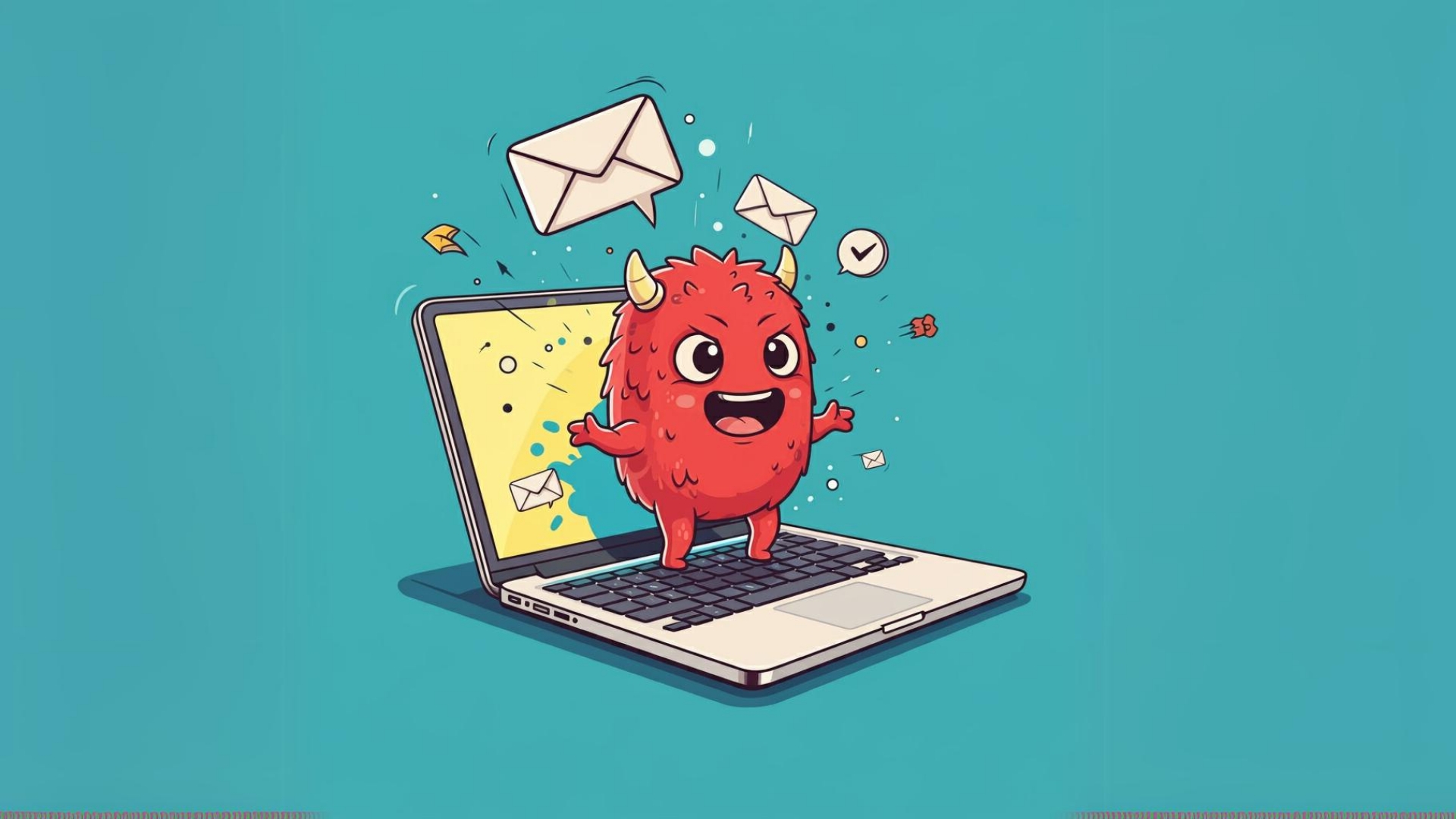Many of our users ask why their emails land in “spam” instead of the inbox. Deliverability can be tricky, but it comes down to three key factors:
- Your infrastructure: How your emails are recognized and authorized.
- Your reputation: The IP ratings of the domains you send emails from.
- Your content: What you put in your emails and how it’s presented.
Let’s dive into how to handle spam filters and optimize your email content to improve deliverability.
Your Email May Seem Like Phishing
Phishing refers to digital identity theft. You likely see phishing emails in your inbox frequently and recognize them instantly—these are messages trying to trick you into giving away sensitive information. Like you, most people delete or ignore them, which is why it’s important to avoid sending emails that could look suspicious to both people and spam filters.
Here’s why your email might seem like phishing:
- Including phrases like “Verify now” can trigger spam filters. Avoid using such language unless absolutely necessary.
- Shortened links are often used by spammers to hide their identity, so always use direct links to your website.
- Sending emails from domains not under your control makes you look suspicious. Always send from a certified email marketing service like INBOX.
- Poor HTML coding can also land you in spam. If the filter can’t read your email properly, it assumes the worst and sends it to the spam folder.
Solution? Use mobile-optimized, ready-to-use templates, and ensure you’re sending from a certified email marketing service. Start your free plan at INBOX now and discover more!
Use of Language is Important
Spam filters also check your spelling and detect unexpected words. Using professional, correctly spelled language can help you avoid spam filters. Be careful with special brand and product names, which may trigger filters because they’re not in the dictionary.
If you send emails to an international audience, consider segmenting your list by language. Filters are more likely to flag emails in languages unfamiliar to the recipient. Avoid using non-Latin characters unless absolutely necessary.
Focus on Valuable and Informative Content, Not on Sales
Sales-heavy language (like “buy now” or “add to basket”) can also trigger spam filters. Even if your emails pass through the filters, using aggressive sales tactics can annoy your subscribers, leading them to manually mark your emails as spam.
The key is to offer valuable, informative content that encourages readers to click-through when they’re genuinely interested. Overly sales-focused emails can hurt your engagement and reputation. Instead, use list segmentation and combine web tracking with email marketing to personalize your content.

